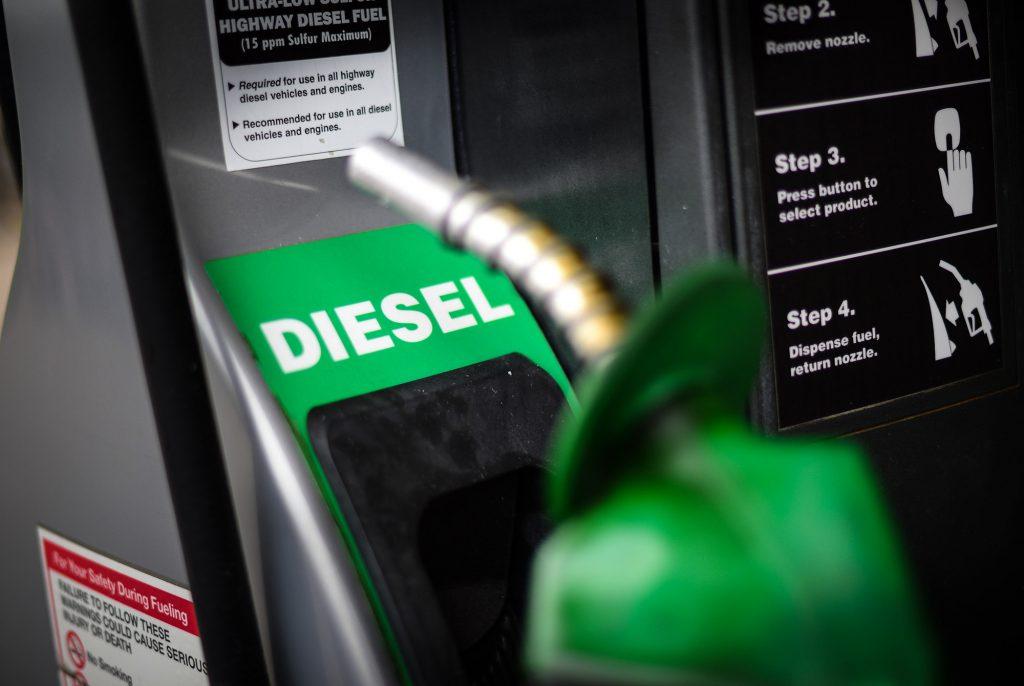In today’s automobile industry, diesel plays a vital role in providing energy to semi-trucks and trains to run on longer routes. As compared to petrol vehicles, diesel engine cars are long lasting and more efficient. However, many drivers are not aware of two significant components of diesel fuel.
These include knowing the flash point and fire point of the fuel. It is vital to understand for those working within the fuel industry.
Contents
Flash Point And Fire Point Of Diesel Fuel – In Brief
You need to understand that the flash and fire points of any fuel are entirely different entities. We will now provide you with the information as to what comprises the flashpoint.
1. The Flash Point Of Diesel Fuel
The flash point of diesel fuel refers to the minimum temperature at which the fuel gives the vapor for forming a combustible mixture with the air. It is also when the fuel ignites on the application of the test flame.
In short, the flashpoint gives you an idea about the amount of low boiling fraction present in the liquid fuel, the volatility of the liquid fuel, explosion hazards during storage and handling, and the nature of the boiling point diagram of the system.
You can browse online to know the best maintenance tips for your car fuel.
The Role of Flashpoint in A Car Engine
Car enthusiasts need to know that both petrol and diesel work under the same principles.
The fuel ignites within the engine combustion chamber, which produces a force leading to an explosion to move the piston upwards.
The piston pushes the crankshaft, which creates the necessary power to move the wheels on your car.
The air compresses with the up and down movement of the piston before you add more fuel, which provides combustion.
A Word Of Advice
Those working within oil and gas industries must gather knowledge about the flashpoint of diesel fuel for safety purposes.
In case, the fumes of a full tank reach their flashpoint; the situation could end up becoming a disaster. One needs to use every safety precaution properly while handling and storing any fuel, especially diesel fuel.

SEE MORE:
2. The Fire Point
Fire Point refers to the lowest temperature at which the car diesel oil gives off vapor. The vapor would ignite and burn continuously for a minimum of 5 seconds on the application of the test flame.
In short, it is the temperature at which the vapor originating from the oil would cause the substance to ignite.
However, the vapor is not sufficient to sustain the fire for a longer time. Keep in mind, the fire point of diesel fuel is always 10 degrees higher than the flash point of the diesel fuel.

FAQs
1. What factors can alter the flash and fire points of diesel fuel?
Several factors can influence the flash and fire points of diesel fuel, including contamination with volatile substances, changes in the fuel composition due to degradation over time, and the presence of water or other foreign materials.
Even slight contamination can significantly lower the flash and fire points, making the fuel more hazardous.
2. How does ambient temperature affect the flash and fire points of diesel fuel?
While the flash and fire points themselves are intrinsic properties of the fuel and do not change with the ambient temperature, the risk associated with these points can vary.
In higher ambient temperatures, diesel fuel will reach its flash point more readily, increasing the risk of ignition in hot environments.
3. Can additives in diesel fuel modify its flash and fire points?
Additives designed to improve certain characteristics of diesel fuel, such as its cetane number, lubricity, or cold flow properties, can also affect its flash and fire points.
Some additives may increase these points, making the fuel safer, while others might decrease them, raising safety concerns.
4. Is there a difference in flash and fire points between biodiesel and conventional diesel?
Biodiesel, made from vegetable oils or animal fats, typically has higher flash and fire points than conventional petroleum-based diesel fuel.
This means that biodiesel is generally less volatile and can be considered safer from a fire risk perspective.
However, the specific values can vary depending on the biodiesel’s feedstock and production process.
5. How do storage conditions impact the flash and fire points of diesel?
Proper storage conditions are crucial for maintaining the quality and safety of diesel fuel.
Exposure to high temperatures, sunlight, or contaminants can lead to fuel degradation, which might affect its flash and fire points.
Storing diesel in a cool, dry, and dark environment can help preserve its characteristics.
6. What is the significance of knowing the flash and fire points for diesel engine operation?
While the flash and fire points of diesel are more critical for storage and handling safety, they also have implications for engine operation, especially in terms of pre-ignition and combustion efficiency.
Understanding these properties can help in selecting the right type of diesel for specific engine types and operating conditions.
7. How are the flash and fire points of diesel fuel tested?
The flash and fire points are determined using standardized test methods, such as the Pensky-Martens Closed Cup method for the flash point and the Cleveland Open Cup method for the fire point.
These tests provide precise measurements that are essential for defining the safety protocols for handling and storing diesel fuel.
Check out this video from imakebiodiesel to learn more about the fuel flash point test!
Summing Up
Thus, the flash point and fire point of the diesel fuel are very different in the way they function. If you are working in the oil and gas industry, it is vital for you to gather this information to prevent any dangerous situations.



